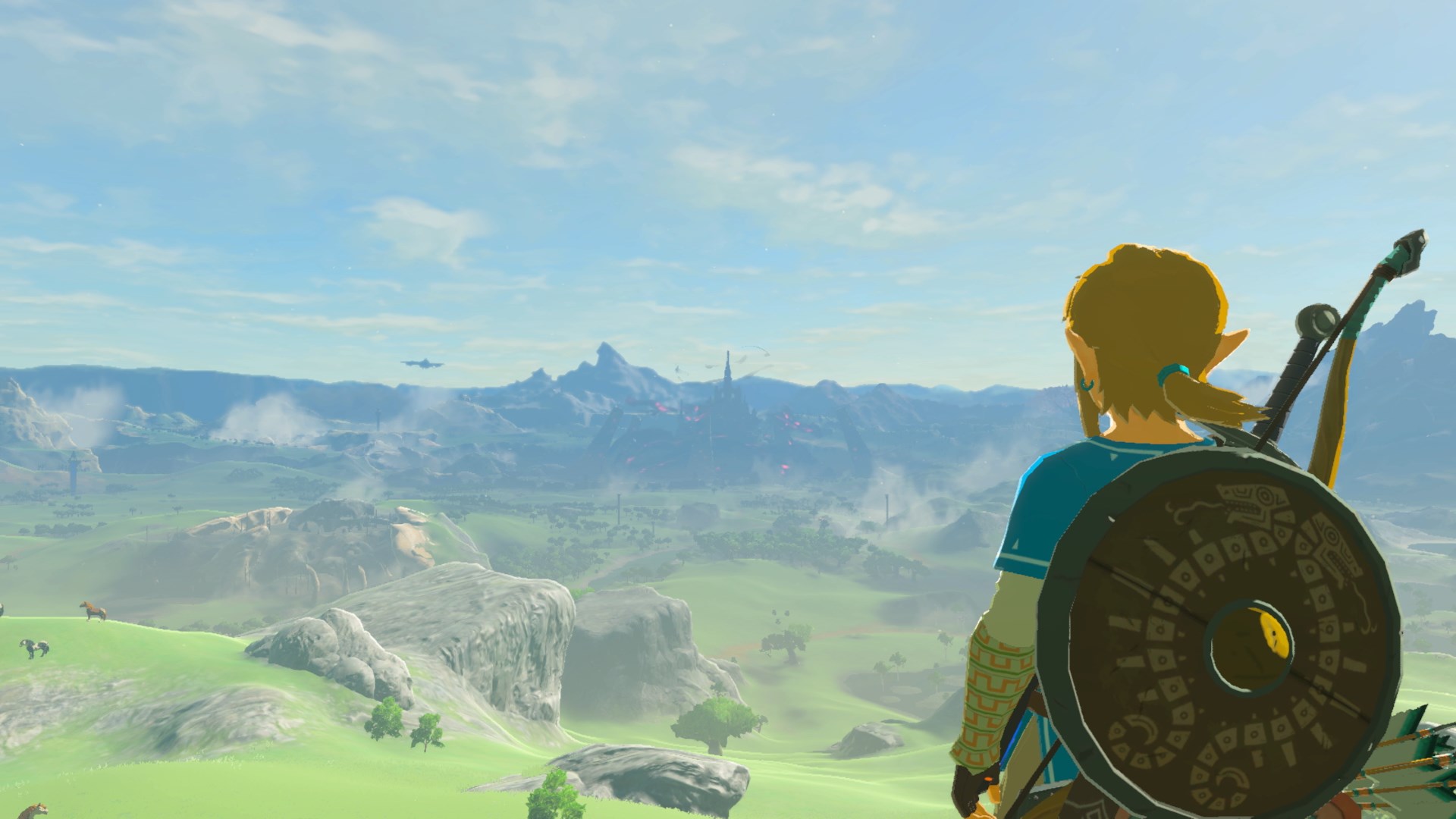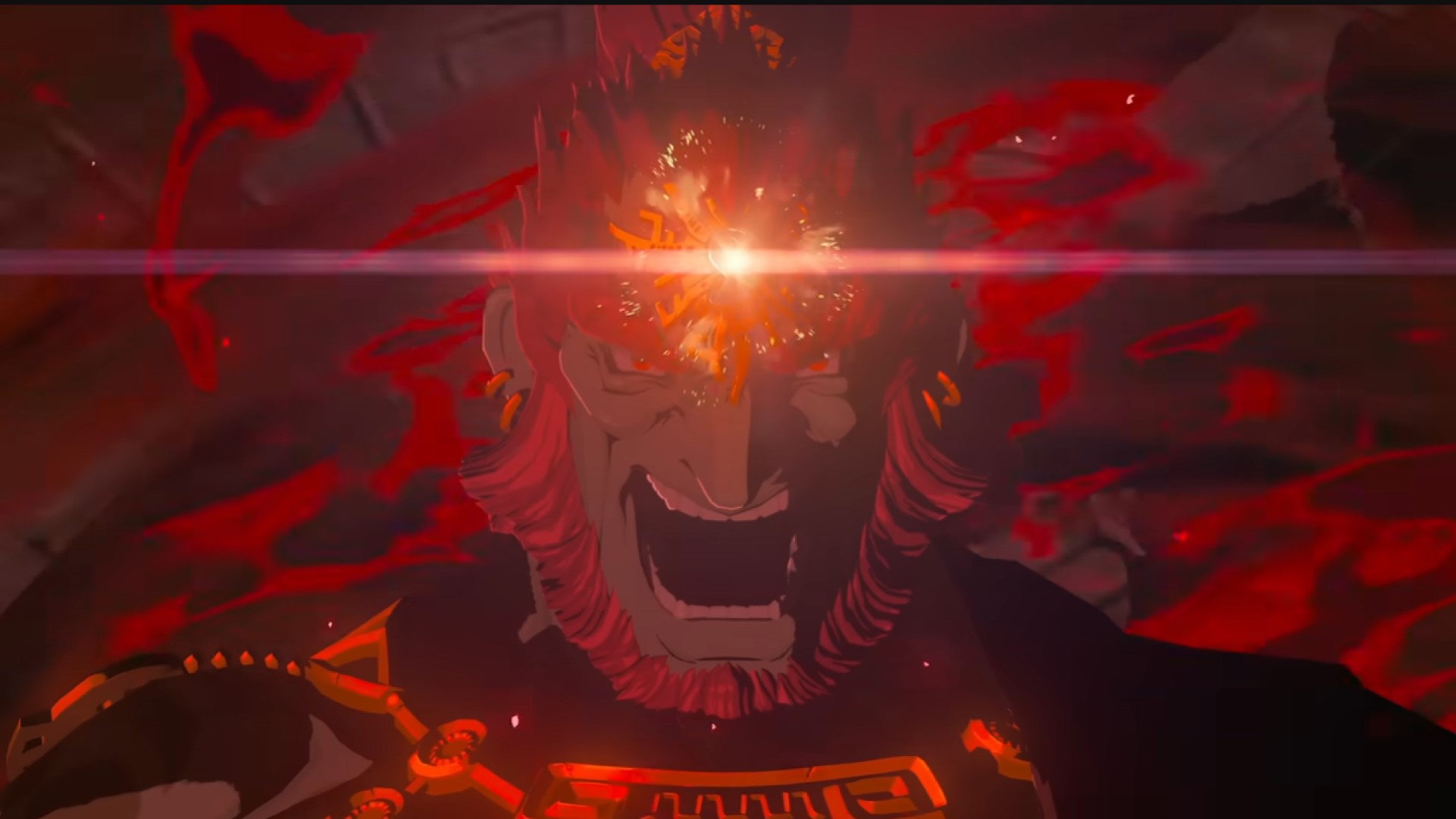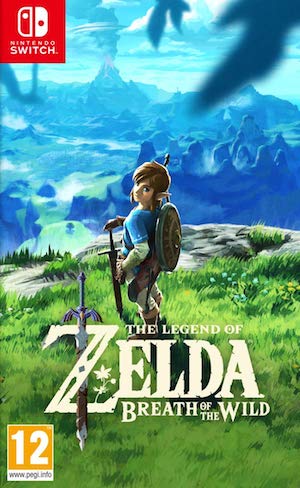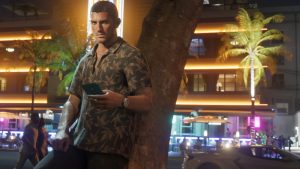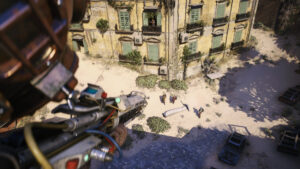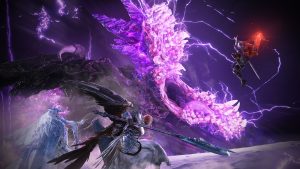
The Legend of Zelda: Breath of the Wild is one of the greatest games ever made. That’s been said countless times over the course of the last six years, and it’ll continue to be said for a long, long time to come. Its legacy in the games industry is undeniable, the impact it has had on open world games and on the medium as a whole it’s clear for everyone to see, and the level of critical and commercial success it has enjoyed is something the vast majority of games can only ever dream of, if that.
Many developers would buckle under the expectation that would come with developing a direct sequel to a game like Breath of the Wild. Even though the 2017 open world masterpiece had plenty of room for improvement in several areas, as a whole, it delivered something that shook the entire industry when it first came out. How do you follow up on that, much less make something that surpasses it? In most cases, you don’t. But incredibly enough, with Tears of the Kingdom, Nintendo has delivered a game that does legitimately exceed what its predecessor did in significant ways, to the extent that there’s a case to be made that it may be the far better game.
Of course, there’s still plenty that Breath of the Wild does better than Tears of the Kingdom. For instance, where the 2017 title is still unmatched, without question, is its atmosphere. Its Hyrule was desolate and massive, and it made you feel tiny in comparison. Tears of the Kingdom’s world is, of course, absolutely huge – even larger than BotW’s, in fact – but it’s also much denser and more populated. In terms of volume and variety of content, that’s obviously a good thing (we’ll get to that in a bit), but the feeling of loneliness and isolated that Breath of the Wild’s Hyrule evoked has been largely diluted in Tears of the Kingdom.
Meanwhile, given the fact that Tears of the Kingdom is, for all of its improvements, an iterative sequel that’s building on a now-familiar foundation, something else it doesn’t evoke that its predecessor did is a constant sense of wonder and novelty. In 2017, Breath of the Wild’s approach to open world design felt completely new and fresh, not only because of how drastically it reinvented the Zelda formula, but also because, quite frankly, no one had ever really done an open world like that before. Its utter dedication to player freedom and agency, how seamless and diegetic it all was, how it let players completely lose with little to no barriers, how it integrated all of that with its robust physics and chemistry engines.
All of that is still present in Tears of the Kingdom, of course, and in terms of pure quality, it can be easily argued that all of it has even been improved- but the novelty factor is obviously gone. Similarly, with Tears being set in the same Hyrule as Breath of the Wild, it loses a lot of its predecessor’s sense of discovery as well. Not all of it, of course- there’s a ridiculous amount of new things to see and do throughout the world, including both completely new and massive locations and returning locations that have changed up significantly. But a lot of it is, by design, also familiar.
Honestly though, it was always obvious that Tears of the Kingdom was never going to match Breath of the Wild in terms of impact or novelty, because the former, unlike the latter, was never really meant to do that. With Tears of the Kingdom, Nintendo’s aim wasn’t to reinvent the wheel, but to take the seminal foundations of BotW and build upon them. In the end, that’s exactly what they did- though very few of us could have predicted that they would do it to the level they have.
Because in pretty much every other area that matters, Tears of the Kingdom emerges as a far, far better game than Breath of the Wild. It’s much more expansive, much more packed, and much more compelling, to the point where it almost makes the 2017 title look like a quaint tech demo- and we’re saying that about a game that’s widely considered to be one of the best things to have ever come out of the medium. And that’s not even hyperbole.
For starters, the sheer amount of content that Nintendo has packed into Tears of the Kingdom is startling, to say the least. It takes the bones of Breath of the Wild’s structure – i.e. the core loop of finding shrines and towers as you make your way through the world – and then adds a ridiculous amount of things to do and see on top of that. It’s hard to go into details on that front without spoiling some of the game’s best content and secrets, but in general terms, suffice it to say that where the pure volume of content is concerned, Tears of the Kingdom clowns Breath of the Wild. A massively changed surface world that makes it exciting to revisit familiar areas and see how they’ve evolved, an entire subterranean map with its own completely unique atmosphere, structure, and set of mechanics, and the entirety of the sky islands to explore above, bringing their own unique content and systems- it’s mind-bogglingly impressive, and the fact that all of it is presented in a single, seamless, uninterrupted open world makes it even more so.
But it’s not just about quantity, unlike so many other open world games these days. When it comes to Tears’ open world, variety and enjoyability are just as important. Things such as the shrines, dungeons, and the Korok puzzles have improved massively, other returning mechanics such as towers and memories feel more fleshed out and fun to engage with, and a host of new activities, mini-games, side questlines, and much more also deliver consistently compelling content. Even more so than its predecessor, this is a game that’s mastered the art of having just enough things to distract you with and pull you towards at any given time without being overwhelming, and ensuring that you’ll have a ton of fun with each of those things.
Another area where Tears improves upon BotW significantly is its set of abilities- and again, it does it to the extent that the latter ends up feeling quaint in comparison. Every single new ability in Tears of the Kingdom is a stroke of genius. Ascend sounds fairly simplistic and straightforward on paper, but the game is very cleverly designed around it, so you’re always looking for fun and clever ways to exploit the ability. Fuse completely changes the whole dynamic of combat, and makes it an absolute blast to experiment endlessly with arrows with all kinds of different effects, strange contraptions that double as shields, and all manner of fused weapons. Then there’s Recall, which can be applied in so many situations, from combat to puzzles to even exploration. And finally, there’s Ultrahand.
Without a shadow of doubt, Ultrahand is the heart and soul of Tears of the Kingdom. It’s what makes the entire experience what it is. Breath of the Wild was all about player freedom and immersive sim-like emergent mechanics, but Tears of the Kingdom takes all of that to its absolute extreme in ways that shouldn’t have been possible- and Ultrahand has a major hand in that. The way it encourages players to be creative and experiment, and how it can make you feel like a genius for the solutions you come up with as often as it can make you feel like the stupidest person in the world when certain experiments inevitably backfire in hilarious ways- all of that adds an unbelievable depth and variety to the core gameplay that makes Breath of the Wild’s multifaceted and complex web of systems seem simplistic in retrospect. The best part is that, in spite of how limitless Ultrahand feels, the game never compels you to get creative with it. Every single puzzle and obstacle has many, many solutions, and if you want to go with the efficient and straightforward one, and if that’s something that gets you to your goal, you’re free to do just that.
And even though gameplay is, and always will be, The Legend of Zelda’s primary focus, even if you’re coming to Tears of the Kingdom for its story, you’re going to find a lot more to love here than you may have in Breath of the Wild. The 2017 title had genuinely excellent backstory and lore, and there were some bright sparks in its cast of characters- but by and large, perhaps by design, the story kind of receded into the background and ended up not making much of a mark. Tears of the Kingdom, however, is much more active, much more involved, and most importantly, much more captivating. We won’t tell you how or why, but it’s probably one of the best Zelda stories to date.
Six years ago, if somebody told you after the launch of Breath of the Wild that the next Zelda game Nintendo makes will surpass it in almost every way possible, most would find that hard to believe. Making a direct sequel to one of the greatest games of all time is difficult enough as it is, but to make one that unquestionably improves upon an unabashed, genre-defining masterpiece? That’s close to impossible. And yet, Tears of the Kingdom does it in a way that seems almost effortless. No, we’re not anywhere close to as gobsmacked by its newness or its novelty as we were with Breath of the Wild when it came out in 2017, but in nearly every other way, incredibly enough, Zelda’s newest outing touches heights even its predecessor couldn’t (and yes, I am going to ruin that pun by saying “pun intended”).
Note: The views expressed in this article are those of the author and do not necessarily represent the views of, and should not be attributed to, GamingBolt as an organization.








